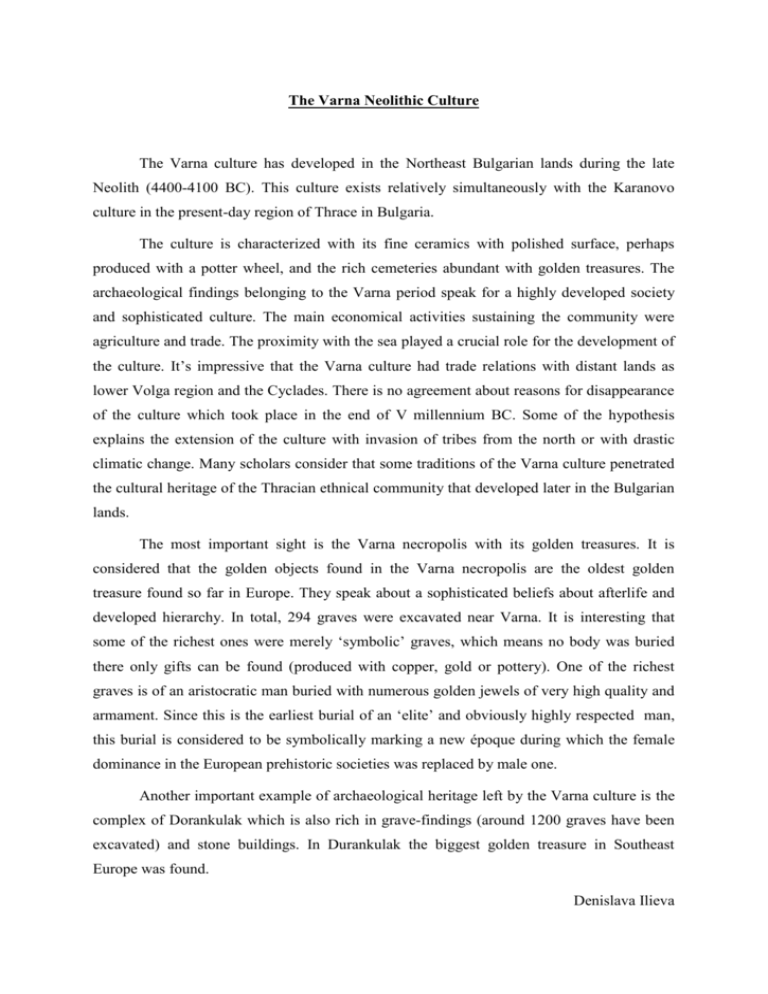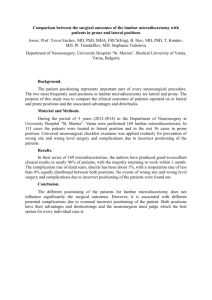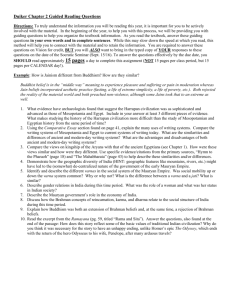01_The Varna Neolithic Culture
advertisement

The Varna Neolithic Culture The Varna culture has developed in the Northeast Bulgarian lands during the late Neolith (4400-4100 BC). This culture exists relatively simultaneously with the Karanovo culture in the present-day region of Thrace in Bulgaria. The culture is characterized with its fine ceramics with polished surface, perhaps produced with a potter wheel, and the rich cemeteries abundant with golden treasures. The archaeological findings belonging to the Varna period speak for a highly developed society and sophisticated culture. The main economical activities sustaining the community were agriculture and trade. The proximity with the sea played a crucial role for the development of the culture. It’s impressive that the Varna culture had trade relations with distant lands as lower Volga region and the Cyclades. There is no agreement about reasons for disappearance of the culture which took place in the end of V millennium BC. Some of the hypothesis explains the extension of the culture with invasion of tribes from the north or with drastic climatic change. Many scholars consider that some traditions of the Varna culture penetrated the cultural heritage of the Thracian ethnical community that developed later in the Bulgarian lands. The most important sight is the Varna necropolis with its golden treasures. It is considered that the golden objects found in the Varna necropolis are the oldest golden treasure found so far in Europe. They speak about a sophisticated beliefs about afterlife and developed hierarchy. In total, 294 graves were excavated near Varna. It is interesting that some of the richest ones were merely ‘symbolic’ graves, which means no body was buried there only gifts can be found (produced with copper, gold or pottery). One of the richest graves is of an aristocratic man buried with numerous golden jewels of very high quality and armament. Since this is the earliest burial of an ‘elite’ and obviously highly respected man, this burial is considered to be symbolically marking a new époque during which the female dominance in the European prehistoric societies was replaced by male one. Another important example of archaeological heritage left by the Varna culture is the complex of Dorankulak which is also rich in grave-findings (around 1200 graves have been excavated) and stone buildings. In Durankulak the biggest golden treasure in Southeast Europe was found. Denislava Ilieva











